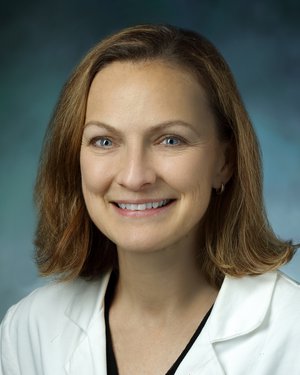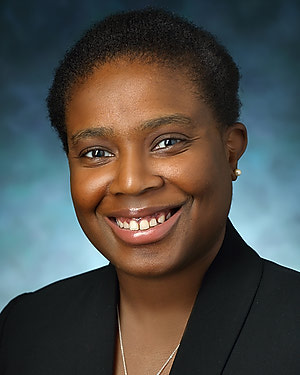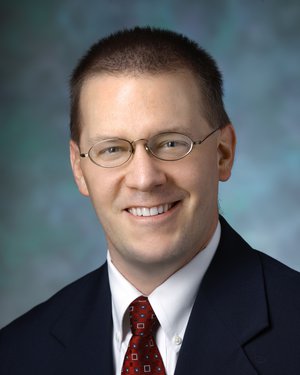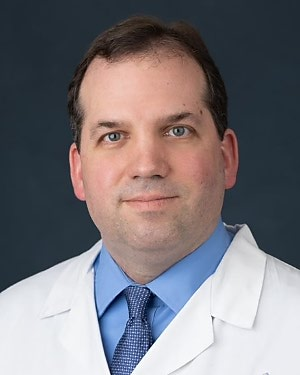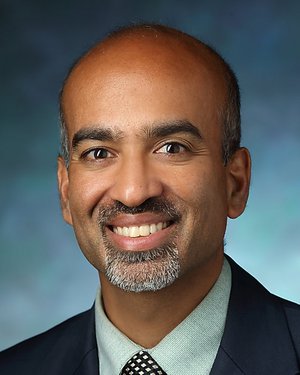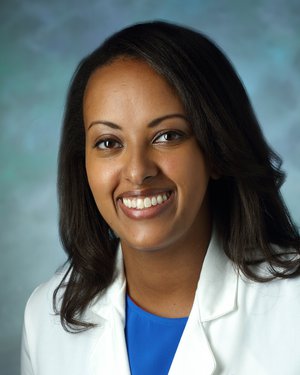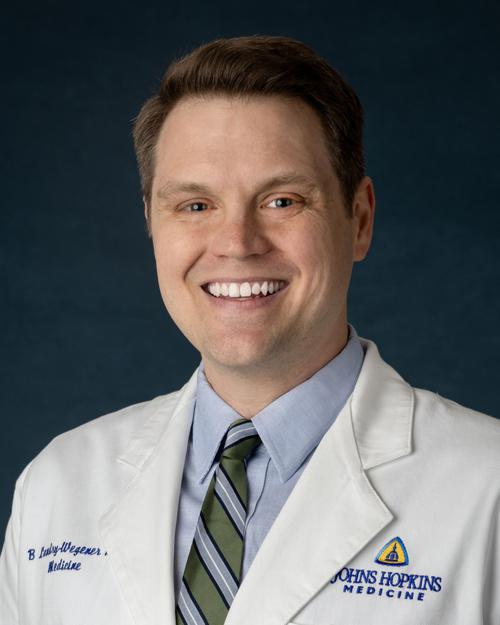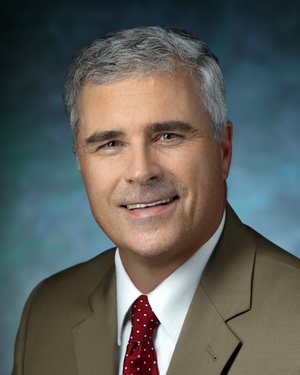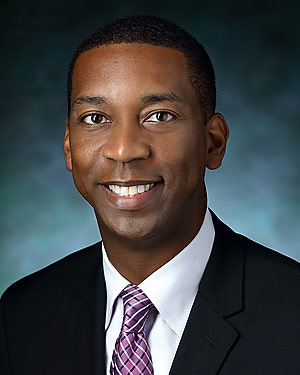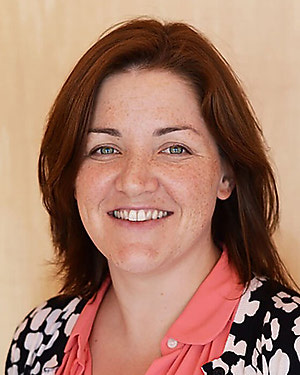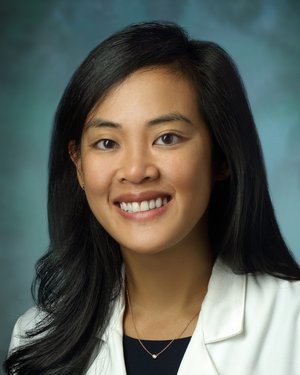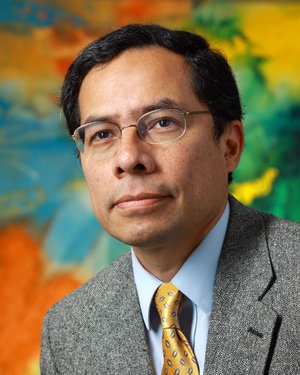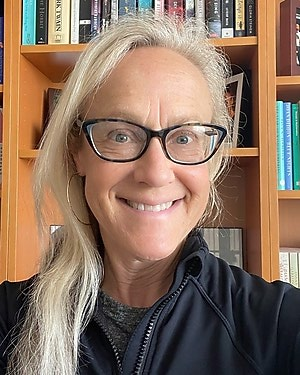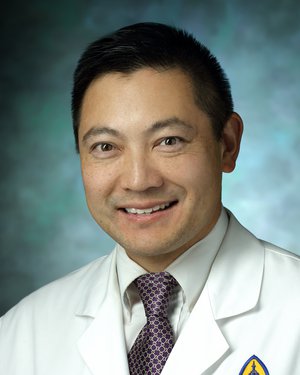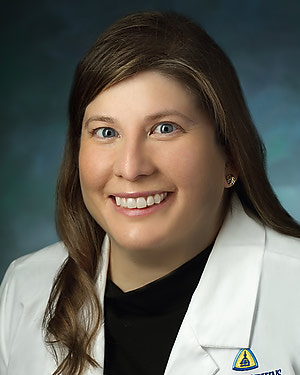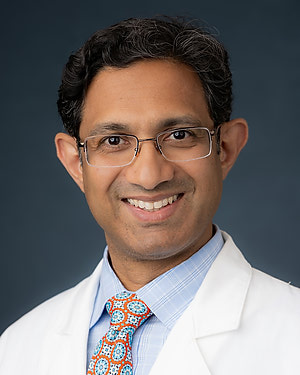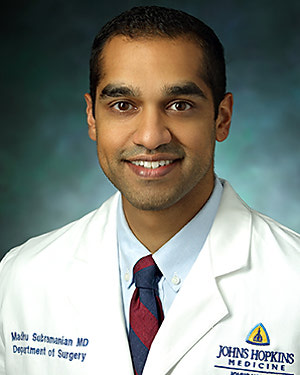Colleges
Learn about the Colleges
Nathans College
Welcome to the Daniel Nathans College!

About the Namesake
The name Daniel Nathans conjures different memories for different people: Friends remember the physician scientist, molecular biologist and genetics pioneer as a soft-spoken and gentle person. Colleagues remember him as a caring mentor, who was as concerned for others’ academic development as much as he was for his own. And the world remembers him as a renowned scientist, who paved the way for a new generation of trainees in molecular biology and medicine.

Born in 1928, Nathans was the ninth and youngest child of Russian Jewish immigrant parents. He grew up during the Great Depression and attended the University of Delaware, where he studied chemistry, philosophy and literature. His strong interest in the natural sciences led him to pursue a medical education at Washington University, in St. Louis. During his training, a summer research experience convinced him that a career in medical research and teaching suited him best. Upon earning his medical degree, in 1954, Nathans continued with his residency training at Columbia Presbyterian Medical Center, in New York, and his postdoctoral research at the National Institutes of Health.
In 1962, Nathans joined Johns Hopkins University School of Medicine as a faculty member and — single-handedly — founded the Division of Genetics, now known as the McKusick-Nathans Institute of Genetic Medicine. For the rest of his career, Nathans devoted more than three decades to science and teaching. He garnered many prestigious awards, including the National Medal of Science in Biological Sciences in 1993; the title of Howard Hughes Medical Institute Investigator; and the Nobel Prize in Physiology or Medicine in 1978, for his work on restriction enzymes — also known as “biochemical scissors,” which enabled researchers to cut and identify the function of genes. He shared the award with microbiologist Hamilton Smith and Swiss scientist Werner Arber.Our college was named after Nathans to honor the value of combining the powers of science and medicine. Nathans once said, “I was always confident that, in the long run, the study of basic genetic mechanisms would contribute to the well-being of people everywhere." Indeed, his discovery of restriction enzymes was a major scientific breakthrough that has since opened the doors to numerous other discoveries in biology, better understanding of disease, and more effective therapies.
Our college’s values are represented on our crest by a DNA helix and a stalk of wheat. The helix symbolizes the profound impact our namesake, Daniel Nathans, had on the practice of medicine, through his discovery of restriction enzymes, a fundamental tool in modern genetics. More generally, the crest symbolizes the key role research plays in advancing medicine. The wheat represents the substance in which Nathans first isolated restriction enzymes. It symbolizes the reciprocal relationship between science and the world. Just as the earth provides for us, so, too, must our responsibilities as physicians be directed globally — to care for the health and well-being of all people; and to make a global impact as leaders in medicine and as mentors to future generations. As we honor the Nathans crest, we also uphold Nathans College’s motto: Vivant, Crescant, Floreant which means Live, Grow, Thrive.
Nathans remains an inspiration to us all. As we continue our journeys in medicine, his legacy serves as a reminder to strive for excellence in science and clinical care through rigorous study.
Mitchell Alan Goldstein, M.D., M.B.A.
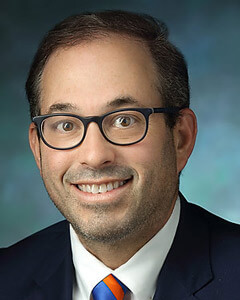
Taussig College
Welcome to the Helen B. Taussig College!

About the Namesake
Helen Brooke Taussig was a renowned pediatric cardiologist,, leader and teacher. She was born in 1898 and struggled with dyslexia. Despite this challenge, she excelled in school, and moved to California to earn her bachelor’s degree from the University of California, Berkeley.

While committed to pursuing a medical career, Taussig nevertheless encountered daunting obstacles. After college, she enrolled in Harvard University’s School of Public Health, but as a woman, she was not allowed to earn a degree there. She was, however, given permission to study histology on a noncredit basis at the all-male medical school, where she sat in a remote corner of the lecture hall and was forbidden to even speak to her male colleagues. She then applied to Johns Hopkins — one of the few medical schools at the time that did accept women — and she matriculated here in 1923.
When Taussig graduated from Johns Hopkins University School of Medicine in 1927, she was chosen to oversee the newly formed Harriet Lane Pediatric Cardiology Clinic. While serving in that role, she helped to develop a surgery to cure a congenital heart defect called tetralogy of Fallot, better known as blue baby syndrome. This operation has saved thousands of young lives.
During this time, however, Taussig began losing her hearing and relied on lip-reading and hearing aids for the rest of her career. She learned to compensate for this loss by using her hands to feel her patients’ heartbeats.
Equally important was Taussig’s work in preventing birth defects. In the early 1960s, there was an outbreak of babies born with deformed arms and legs. Dr. Taussig and her colleagues concluded that a sleeping pill known as thalidomide was behind the devastating birth defects. Taussig testified before Congress, sent official reports to the Food and Drug Administration, and wrote multiple scientific articles, which ultimately led to a ban on the use of thalidomide in pregnant women.
Taussig died in 1986, at the age of 87. Her legacy —as a founder of pediatric cardiology; as the first woman to become a full professor at Johns Hopkins; and as the first woman president of the American Heart Association — endures.
Her personal struggles with dyslexia, hearing loss and practicing in a field dominated by men, remind us that even in the face of serious health struggles and discrimination, we have the potential to exceed the expectations of those around us.
Taussig’s discovery of a new surgical method and her advocacy work continue to motivate physicians to keep searching for ways to improve the lives of patients.
Her love of teaching reminds us of our responsibility to mentor those who come after us — and to thank our own teachers for sharing their wisdom with us.
Faculty
Jennifer Acton Robinson, M.D., Ph.D., M.P.H.

Thomas College
Welcome to the Vivien T. Thomas College!

About the Namesake
The namesake of Thomas College is truly one of the unsung heroes of medicine — a man whose tenacity, steadfast devotion to his work, and contributions to medicine have long gone unrecognized, until recently.

Vivien Thomas was born on Aug. 29, 1910, in Louisiana, and raised in Nashville, Tennessee. After graduating from high school with honors, Thomas worked to save money for college, and eventually enrolled as a premedical student at Tennessee Agricultural and Industrial College. Sadly, the stock market crash of 1929 wiped out his savings, and Thomas was forced to drop out of school.
In 1930, Thomas became a laboratory technician for renowned surgeon. Alfred Blalock, at Vanderbilt University. Thomas’ abilities as a surgical assistant and research associate were exceptional, and when Blalock left Vanderbilt to become Chief of Surgery at The Johns Hopkins Hospital in 1941, he insisted that Thomas join him in Baltimore.
At Johns Hopkins, Thomas worked closely with Blalock and Taussig to pioneer the field of heart surgery with a procedure to alleviate the Tetralogy of Fallot, commonly known as the “blue baby syndrome.” Thomas developed and tested a procedure to correct this birth defect in animals. When the procedure was first performed on a human patient, Thomas stood behind Blalock and guided him as he operated. The procedure was a success, and details about the surgery were published in the Journal of the American Medical Association (JAMA) in May, 1945. Unfortunately, Thomas was not given credit for the procedure.
Years passed, and his dream of becoming a physician dwindled. Vivien Thomas resorted to working as a bartender, while still working to manage Blalock’s labs. Finally, in 1971, surgeons around the country paid tribute to Thomas and hung a portrait of him in the Blalock Building at The JHopkins Hospital. In 1976, Thomas was presented with an honorary Doctorate of Laws and was admitted to the faculty of the school of medicine. He died in 1985.
His impact on surgery, medicine and Johns Hopkins remains unparalleled.
Medical historians have reflected that Vivien Thomas is among the most underrecognized and underappreciated giants in the field. Overcoming social and economic hardships, he made significant contributions to medicine, saving countless lives with his dedication to the procedures he developed and perfected.
Vivien Thomas taught a generation of surgeons and lab technicians. Residents and research fellows who worked with Thomas attested to his unique abilities and dedication to his work.
Faculty
David William Cooke, M.D.

Sabin College
Welcome to the Florence R. Sabin College!

About the Namesake
Florence Rena Sabin was born in a small mining town in Colorado in the late 19th century, but because her mother died from puerperal fever when she was just 7, her extended family helped raise her in Denver, Chicago and, finally ,Vermont. She attended Vermont Academy and was encouraged to go to college. Although she initially desired to become a pianist, she redirected her interests elsewhere after a classmate candidly told her that her musical talent was “merely average.”

Fortunately for the future of medicine, Sabin redirected her interests toward the sciences. She earned a bachelor of science degree. in zoology from Smith College and set her sights on becoming a physician. A mentor informed her that the Johns Hopkins School of Medicine would begin accepting women, so she applied and matriculated there in the fall of 1896.
Despite opening its doors to female medical students, Johns Hopkins, like other institutions in that era, maintained an all-male faculty and reserved its limited number of clinical internships for men. But Sabin’s love for the sciences and talent in the classroom and laboratory would transcend tradition. Her hard work and intelligence prompted Franklin Mall, chair of the Department of Anatomy, to take her under his wing.
The two worked closely together for many years, during which time she made important discoveries in the neural anatomy of infants, and regarding the origins of lymphatic vessels. Her multiple publications and growing reputation in the scientific community forced Johns Hopkins trustees to reconsider their policies, and in 1902, she became an assistant instructor — the first woman to hold a faculty position at this school. Three years later, she earned a post as an associate professor in the Department of Anatomy.
In the ensuing 25 years as a faculty member, Sabin taught anatomy, embryology and histology to medical and nursing students. Her reputation as a consummate clinician and scientist soon became legendary because of her warmth and willingness to work side by side with her students. There were few among them who did not eventually become her friend.
Following her 30 years at Johns Hopkins, she accepted a position at the Rockefeller Institute for Medical Research, where she worked for 13 more years and made major contributions to the understanding of the immunology and pathology of tuberculosis. After retiring and moving back to Colorado, she remained active in scientific and medical circles, and helped shape public health policy in her home state until her death, in 1953.
Florence Sabin was many things: a brilliant scientist, a trailblazer and role model for women in the medical profession and a steadfast believer in equal opportunities for women. She was a revered teacher, a colleague and friend. Her students and colleagues praised her professionalism, generosity and unrelenting thirst for scientific investigation.
Faculty
Hoover Adger Jr, M.D., M.P.H.


